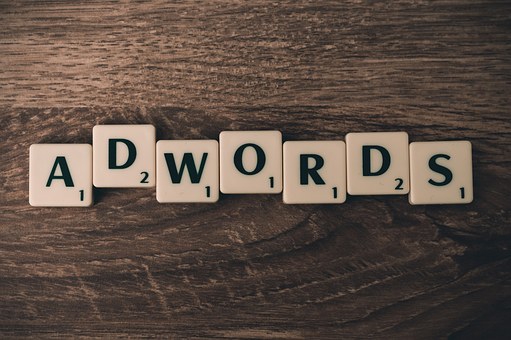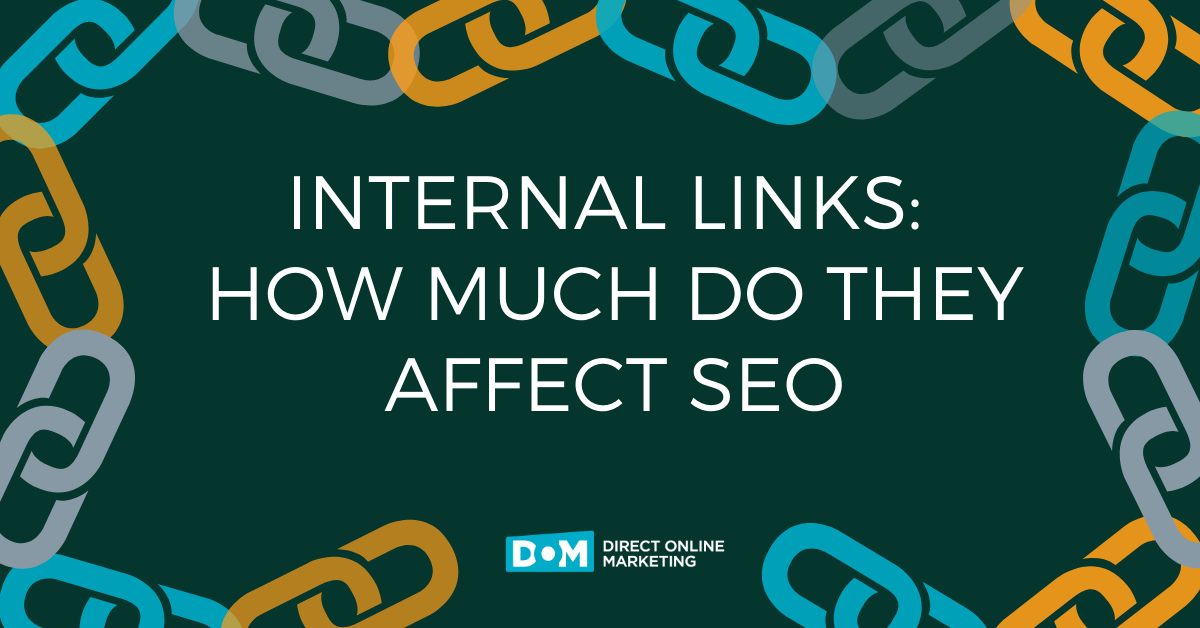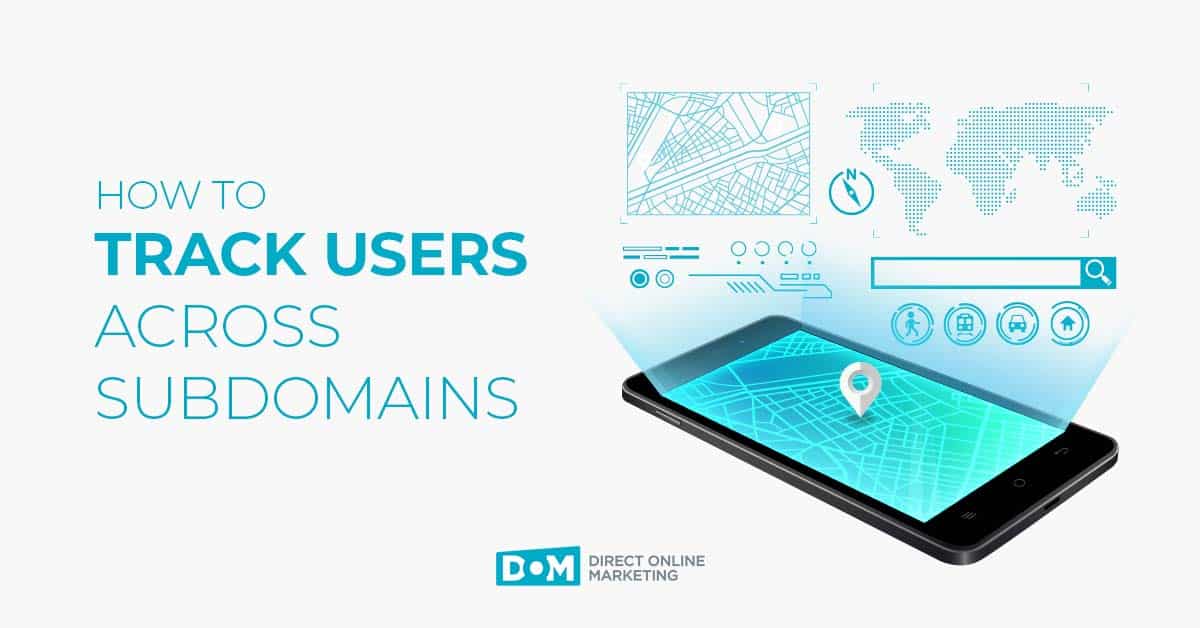
We’ve had clients asking us about our thoughts regarding Google’s recent roll-out of its +1 button, so I thought I’d share my thoughts here. This post will focus mostly on +1 for AdWords; you can bug Paul if you’d like to get his thoughts on Google +1 for SEO.
Update: Google has emailed all or at least a healthy majority of its advertisers announcing the +1 button coming to ads, so looks like it’s ready to leave experimental land. One line stood out in the form email: “The final landing page URL of your ads can also appear on the Google profile of any user who +1’s your ad.” Guess that’s so they can argue there is some benefit.
Before I delve into +1 for AdWords, let me preface with two thoughts:
- I don’t see +1 getting wide adoption, period. The reason facebook like buttons became so prevalent is because they tie into an integral function on a social network where people have real social interaction. People don’t have that same community with Google outside of geeks like us. Therefore I’m guessing +1 dodo’s out like other Google forays into social like Wave and Buzz.*
- I’m usually wrong in these predictions.
* If you’re thinking Buzz isn’t dead, you’re technically right, much like you would be if you said cassette tapes aren’t dead. But they’re a shell of themselves. I also allow that Google Buzz could make a major comeback if Google ever figures out social. They’re making good in roads via local, so all hope isn’t lost.
The Basics of +1 for Google AdWords
For the time being, +1 is something you have to sign into your account to see and go to Google Experiments and opt in to the experiment. It’s browser dependent and doesn’t work with certain ones like IE7. You may also have to clear your cache if you’re seeing messages like “The experiment you’re trying to access is no longer available. Go to experiments overview.”
Once you get it working, you should see a grayed-out +1 logo next to search results – both paid and natural.
If you scroll over any listing or ad, then the +1 box motions in some color, which at the end looks like this:
Then, if you choose to plus one the ad or result, it’ll appear in dark colors with a notice reminding you you have +1’d the result / ad and allowing you to undo it. If this is the first time you’ve done a plus-one, it will give you a pop up explaining what it means, how your name will appear next to it publicly, and if you’d like to continue.
If you’re wondering if you should opt-in or opt-out of +1, quit wondering. You don’t have any choice. Google’s just going to do it – and it might not be consistent.
They say not to worry and from a cost standpoint, you don’t have to – they’re not charging you for +1’s. Also as of right now, it doesn’t affect your ad’s quality score (although it does affect natural rankings). But who’s to say it won’t in the future? I’d argue it’s ripe for gaming for both SEO and paid search, but certainly Google has a lot of engineers and resources at its disposal to check for these signals.
If you’d like more info, you can check out this Google AdWords post about +1.
Why +1 for AdWords is a Terrible Idea
My main beef with +1 for AdWords is that it becomes a popularity contest. Google’s theory is that it will be used by people as a recommending tool. But what’s more likely is that it will be judging ads themselves and not the advertiser or its products / services.
We all like to talk about and vote on what the best Superbowl commercials are each year. How do most of us do it? Which one was the funniest or most emotional without offending our sensibilities. But do those ads move product? Make you actually remember the brand or, heaven forbid, think about going online or to the store to purchase or learn more? You might like that new Doritos ad, but hate the taste of their nacho cheesy goodness (how dare you!?!).
Put aside the potential for gaming the system, that’s what concerns me about the +1. I’m not getting too worked up about it, because I don’t see it gaining too much traction, but if it does, color me very worried. Because if you need to be funny at the expense of selling to get better positions and cheaper clicks, doesn’t that defeat the whole point of advertising on AdWords?
If I were going to ask for anything, it would be the -1 button. As much as I’d like an unlike button for facebook, the -1 would have even more value for ads.


